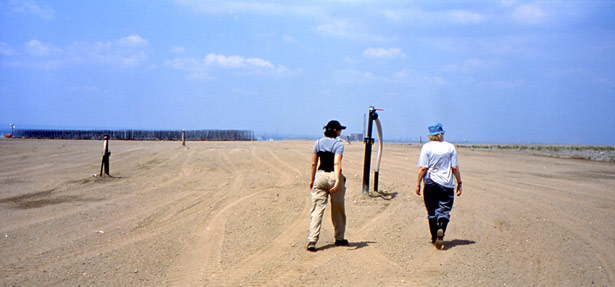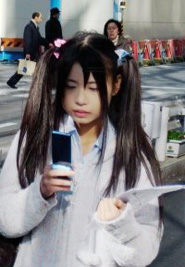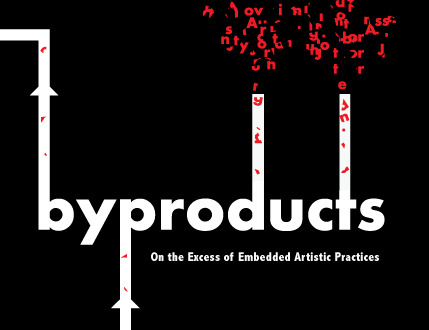http://www.livingtheatre.org/
Sunday January 17th, 8pm – Midnight @ THE LIVING THEATER
No Territory: The AnarchoArtLab will respond to the news that our home and a brave New York institution, The Living Theater, will shutter its doors in 2010. This multi-media, interdisciplinary event will plumb the varied meanings of territory, property, ownership, and the individuals right to movement, thought, and expression in an “Ownership Society.”
The golden age was the age when gold didn’t reign; the cause of all wars, riots and injustices is the existence of property, happiness is hanging your landlord!
The wind is turning. The economy is wounded — we hope it dies! Amnesty is an act in which the rulers pardon the injustices they have committed; the state’s magnanimity to those offenders whom it would be too expensive to punish.
Abolish alienation! Obedience begins with consciousness; consciousness begins with disobedience! First, disobey; then write on the walls!
– graffiti, Paris, 1968
AnarchoArtLab is a collective of new-media, visual artists, performers, musicians, dancers and genre benders in residence at The Living Theatre. Each month we create a LIVE, collaborative, multi-media art experience that is both immersive and participatory. We welcome you to come for an hour or experience the entire evening.
Artists include but are not limited to: Glass Bead Collective, David Tully, Grady Gerbracht, John Loggia, Adriana Varella, Z-Collective, James ChrisBunny! Fields, Michele Cappello, Takashio Hisayasu, Miles Pflanz and Jackie Connolly, Parker Miller and English.



